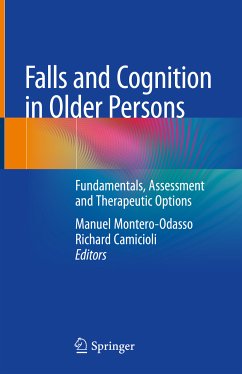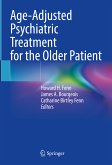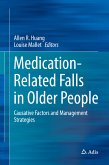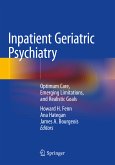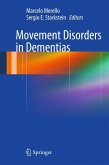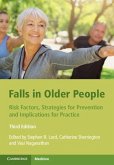This book provides practical tools for fall prevention in cognitively impaired older adults. The text presents a comprehensive and state-of-the-art update that covers the pathophysiology, epidemiology, and clinical presentation of the event, which affects up to 60 percent of aging patients with cognitive impairment. Written by transdisciplinary experts in experts in geriatric medicine, rehabilitation, neurology, and physiotherapy, the text presents practical, evidence-based guidelines for the assessment, approach, and treatment of these patients and includes illustrations and resources for quick reference.
Falls and Cognition in Older Persons is a unique contribution to the literature serving geriatricians, family medicine physicians, emergency medicine physicians, neurologists, rehabilitation and physiotherapy specialists, geriatric nurses, and those interested in public health.
Dieser Download kann aus rechtlichen Gründen nur mit Rechnungsadresse in A, B, BG, CY, CZ, D, DK, EW, E, FIN, F, GR, HR, H, IRL, I, LT, L, LR, M, NL, PL, P, R, S, SLO, SK ausgeliefert werden.

